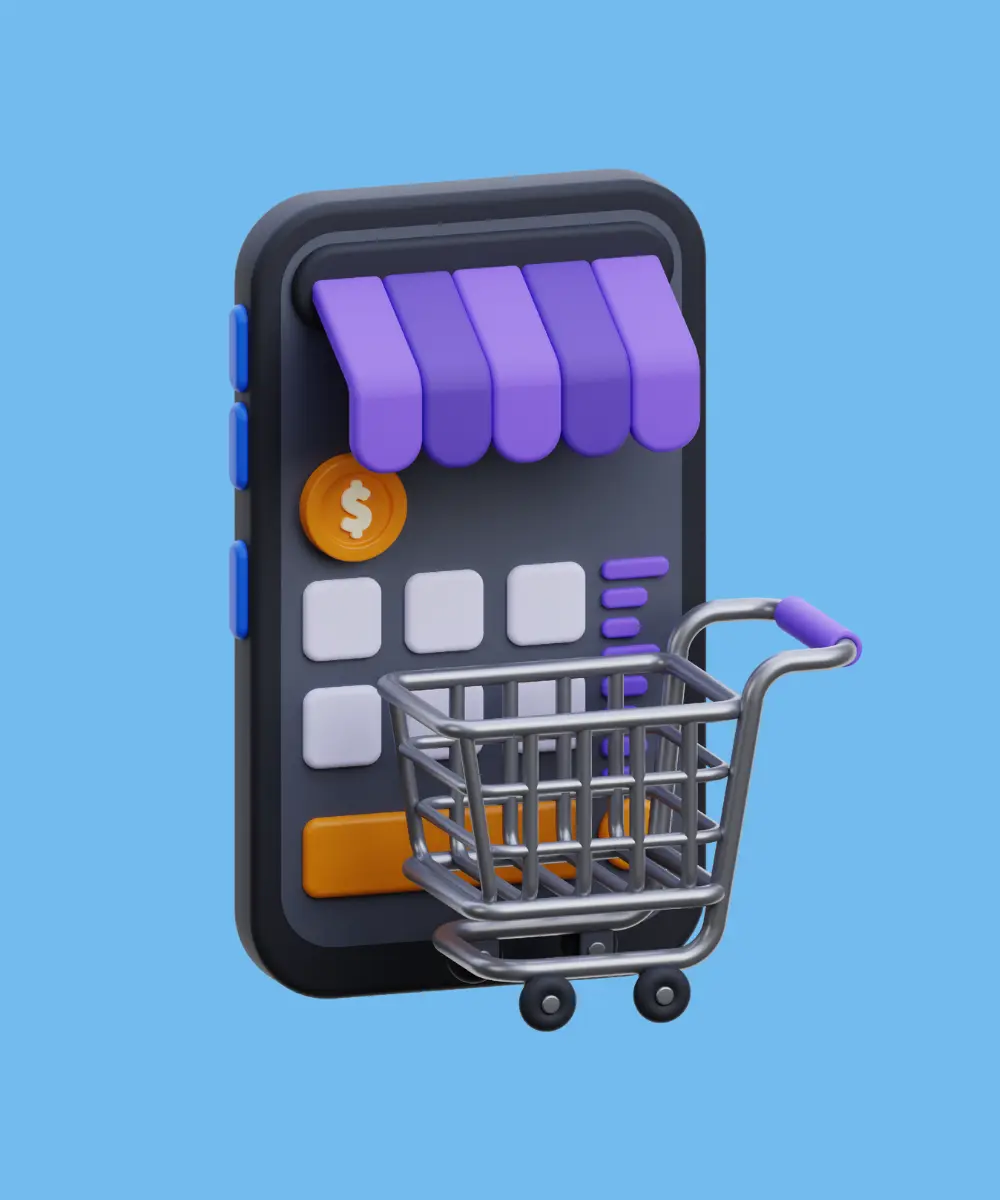In a world driven by technology and the internet, Ecommerce has become a significant player in the global market. The rapid growth of Ecommerce is due to the convenience it offers to consumers, as they can shop from anywhere in the world at any time. As a result, many businesses are now looking to develop their Ecommerce apps to tap into this lucrative market.
In this article, we will explore the various aspects of Ecommerce app development, including the market overview, types of Ecommerce apps, main features, steps to create your own app, cost estimation, monetization strategies, best practices, and our experience in Ecommerce app development.
Ecommerce App Market Overview
The global Ecommerce market is expected to reach $7.4 trillion by 2025, growing at a CAGR of 13.7% from 2020 to 2025. The growth is driven by several factors, including the increased use of smartphones, the convenience of online shopping, and the wide range of products available online. Additionally, the Covid-19 pandemic has accelerated the growth of Ecommerce, as more people prefer to shop online to avoid crowded places.
The Asia-Pacific region is the largest Ecommerce market, followed by North America and Europe. The growth in the Asia-Pacific region is due to the increasing internet penetration, rising middle-class population, and the rapid urbanization in this region.
Trends in ecommerce apps
Several trends are shaping the future of Ecommerce apps:
- Personalization: Providing a personalized shopping experience to users is becoming increasingly important. Ecommerce apps are using artificial intelligence (AI) and machine learning algorithms to analyze user behavior and preferences to offer personalized product recommendations and offers.

- Voice search and shopping: With the increasing use of voice-activated devices like Amazon Echo and Google Home, voice search and shopping are becoming more popular. Ecommerce apps are integrating voice search functionality to provide a more convenient shopping experience to users.
- Augmented reality (AR) and virtual reality (VR): AR and VR technologies are being used by Ecommerce apps to provide a more immersive shopping experience. For example, apps are using AR to allow users to try on clothes or accessories virtually before making a purchase.
- Social commerce: Social media platforms are playing a crucial role in the Ecommerce ecosystem. Ecommerce apps are integrating with social media platforms to allow users to shop directly from the social media apps. This integration also helps in leveraging the power of social media marketing to attract more users to the app.
- Mobile payments: With the increasing adoption of digital wallets and mobile payment apps, Ecommerce apps are integrating various mobile payment options to provide a more convenient payment experience to users.
Types of Ecommerce Apps
The world of eCommerce is incredibly diverse, with various types of apps catering to different needs and markets. Here are some of the most common types of eCommerce apps:
Retail apps
These are the most common types of eCommerce apps, where traditional retail businesses create mobile apps to sell their products directly to consumers. Examples include big retailers like Amazon, eBay, and Walmart. These apps typically offer a wide range of products, from electronics and clothing to groceries and household items. However, in the retail context, we also can talk about subscription-based apps that can include services like Amazon's Kindle subscription, which offers discounts on e-books, or Allegro in Poland, where a subscription provides free shipping and sometimes discounts.
Marketplace apps
Marketplace apps are platforms where buyers and sellers can connect and transact. These apps do not sell their own products; instead, they provide a platform for other businesses or individuals to sell their products or services. Examples of marketplace apps include Etsy, Alibaba, and Amazon (which is both a retail and a marketplace app).
Auction apps
Auction apps are a type of marketplace app where products are sold to the highest bidder. These apps allow sellers to list their products for auction, and buyers can place bids until the auction ends. The highest bidder at the end of the auction wins the product. eBay is a popular example of an auction app.
Social shopping apps
Social shopping apps combine social media and eCommerce to create a more interactive shopping experience. These apps allow users to share products, write reviews, and even shop together with friends. Users can also follow their favorite stores and influencers for updates on new products and trends. Examples of social shopping apps include Instagram Shopping and Pinterest.
On-demand apps
On-demand apps allow users to order products or services and have them delivered immediately or within a short period. These apps typically focus on specific categories of products or services, such as food delivery (e.g., UberEats, DoorDash), grocery delivery (e.g., Instacart, Amazon Fresh), or transportation (e.g., Uber, Lyft).
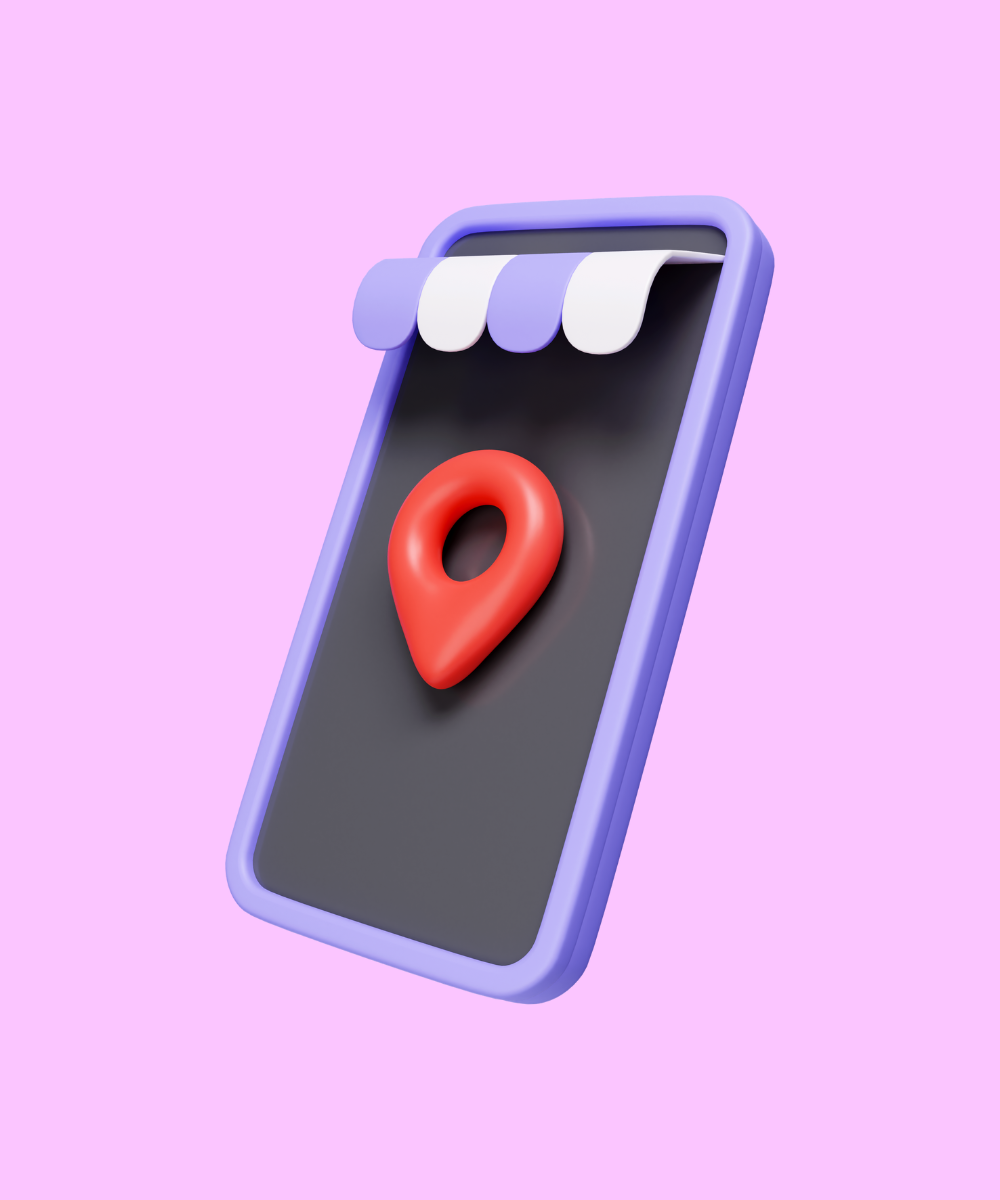
Specialty or niche apps
Specialty or niche apps focus on a specific category of products or services. These apps target a particular niche market and often offer specialized products that may not be available on mainstream retail or marketplace apps. Examples of niche apps include Sephora for beauty products, Wayfair for home decor, and Chewy for pet supplies.
B2B (business-to-business) ecommerce apps
B2B eCommerce apps facilitate transactions between businesses. These apps often cater to wholesalers, manufacturers, and distributors, and typically involve larger transactions and order quantities compared to B2C (Business-to-Consumer) apps. Examples of B2B eCommerce apps include Alibaba and ThomasNet.
Aggregator apps
Aggregator apps collect and display products or services from various suppliers, allowing users to compare prices, features, and reviews before making a purchase. These apps typically earn revenue through commissions or referral fees. Examples of aggregator apps include Airbnb for hotel bookings and Kiwi for flight tickets.
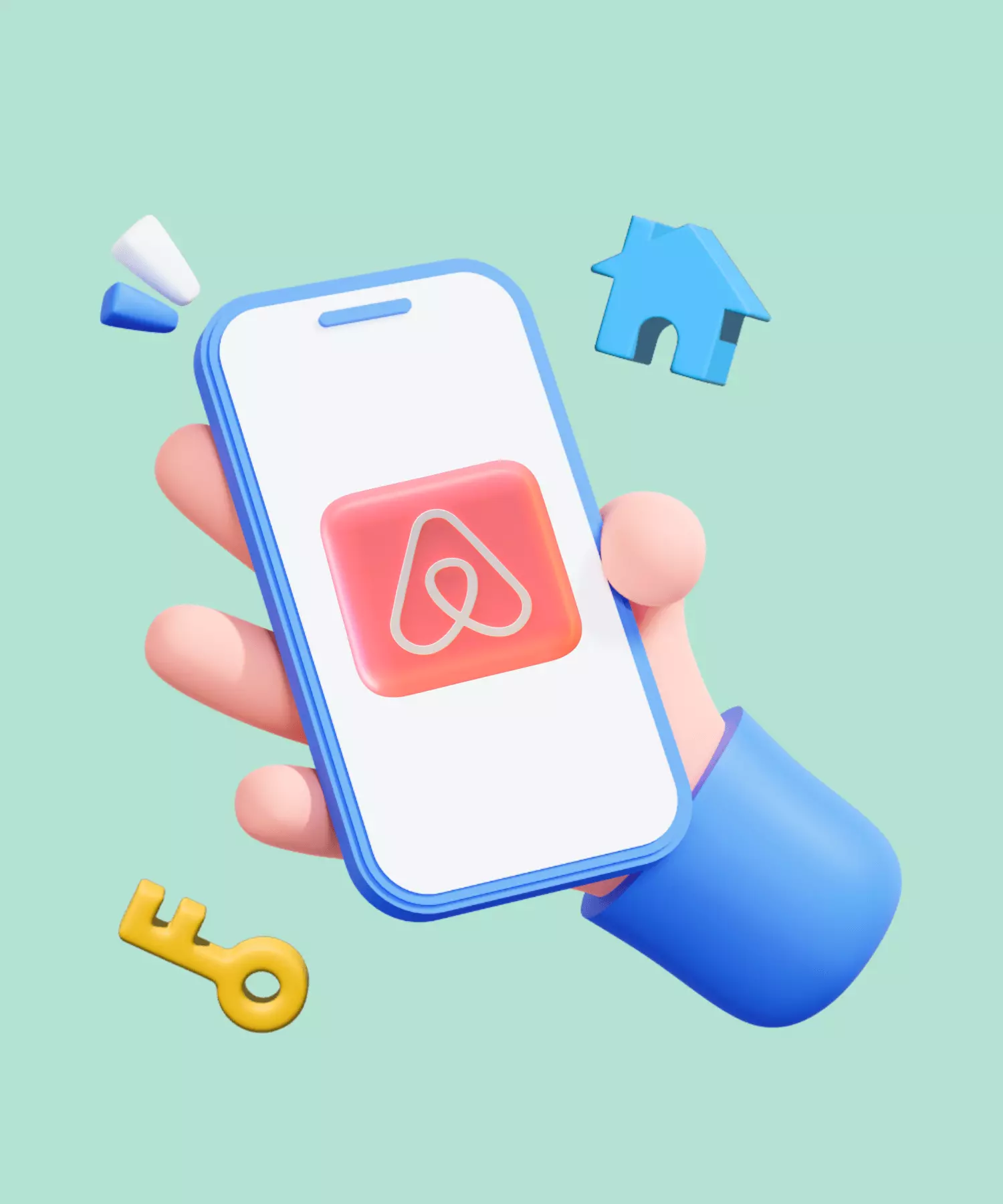
Subscription-based apps
Subscription-based apps in a broader context offer products or services on a subscription basis. Users pay a recurring fee, usually monthly or annually, to access the products or services. These apps often offer added convenience, such as automatic replenishment of products or access to exclusive content or deals. Examples of subscription-based apps include Netflix for streaming content, Birchbox for beauty products, and Blue Apron for meal kits.
Ecommerce App Main Features
The features of an Ecommerce app play a crucial role in its success. Some of the essential features that every Ecommerce app should have include:
| Feature | Description |
|---|---|
| User registration and login | Allows users to create profiles, save preferences, and track orders. |
| Product listing | Displays available products with images, descriptions, prices, and availability status. |
| Search and filter | Enables users to find specific products or categories using keywords and filters. |
| Shopping cart | Allows users to add products to a virtual cart, update quantities, and remove items. |
| Payment integration | Enables secure payments within the app using various payment options. |
| Order tracking | Allows users to track the status of their orders. |
| Reviews and ratings | Enables users to leave feedback on purchased products. |
| Customer support | Provides a channel for users to contact the business for inquiries, complaints, or assistance. |
| Push notifications | Sends alerts to users' mobile devices about new products, promotions, and order updates. |
| Social media integration | Allows users to connect their social media accounts to the app and share products or experiences. |
| Multi-language and currency support | Allows users to select their preferred language and currency. |
Using existing eCommerce platforms
There are various platforms like Shopify that provide many of these features 'out-of-the-box'. Shopify and similar platforms have made setting up an online store incredibly accessible for small businesses and solo entrepreneurs. For a relatively small monthly fee, you can have a fully functioning store up and running in no time, and with features like delivery service integration already built in.
So why might someone choose to invest a significant amount of money into developing an app instead?
- Customization is one key reason. Platforms like Shopify offer a range of customization options, but there are limitations to what you can do. Developing an app from scratch allows for complete customization of every aspect of the online shopping experience.
- Another reason might be scalability. While Shopify is designed to scale with your business, there may be certain features or integrations that a larger business needs that aren't available on the platform.
- Finally, developing an app from scratch allows for the integration of unique features that may not be available on existing platforms. For example, a business might want to integrate augmented reality features into their app, which may not be possible on a platform like Shopify.
5 Steps to Create Your Own Ecommerce App
Creating an Ecommerce app involves several steps, from conceptualization to development and deployment. Here are the five main steps to create your own Ecommerce app:
Define your business model
The first step in creating an eCommerce app is to define your business model. This involves determining your target audience, the products or services you will offer, your value proposition, and your revenue model. You should also conduct market research to identify your competitors and understand the current trends and demands in your target market.
Design the user interface and user experience (UI/UX)
The design of your app is crucial for its success. The user interface (UI) should be intuitive and easy to navigate, while the user experience (UX) should be seamless and enjoyable. It is important to create wireframes and mockups of your app, and get feedback from potential users to refine the design. You should also consider the branding of your app, including the color scheme, logo, and overall aesthetic.

Develop the app
The development of the app involves coding the various features and functionalities of the app. This step typically involves three main components: the front-end development, which is the part of the app that the users interact with; the back-end development, which involves the server, the database, and the application logic; and the API (Application Programming Interface) development, which allows the app to communicate with other software or services.

Test the app
Testing the app is a crucial step in the development process. It is important to thoroughly test the app for bugs, usability issues, and compatibility with different devices and operating systems. You should conduct both manual testing and automated testing to ensure the quality and performance of the app. It is also important to get feedback from beta testers to identify any issues that may not have been apparent during the initial testing.

Launch the app
Once the app has been thoroughly tested and refined, it is time to launch it to the public. This involves submitting the app to the app stores (e.g., Apple App Store, Google Play Store) for review and approval. Once the app is approved, it can be made available for download. It is important to have a marketing plan in place to promote the app and attract users.
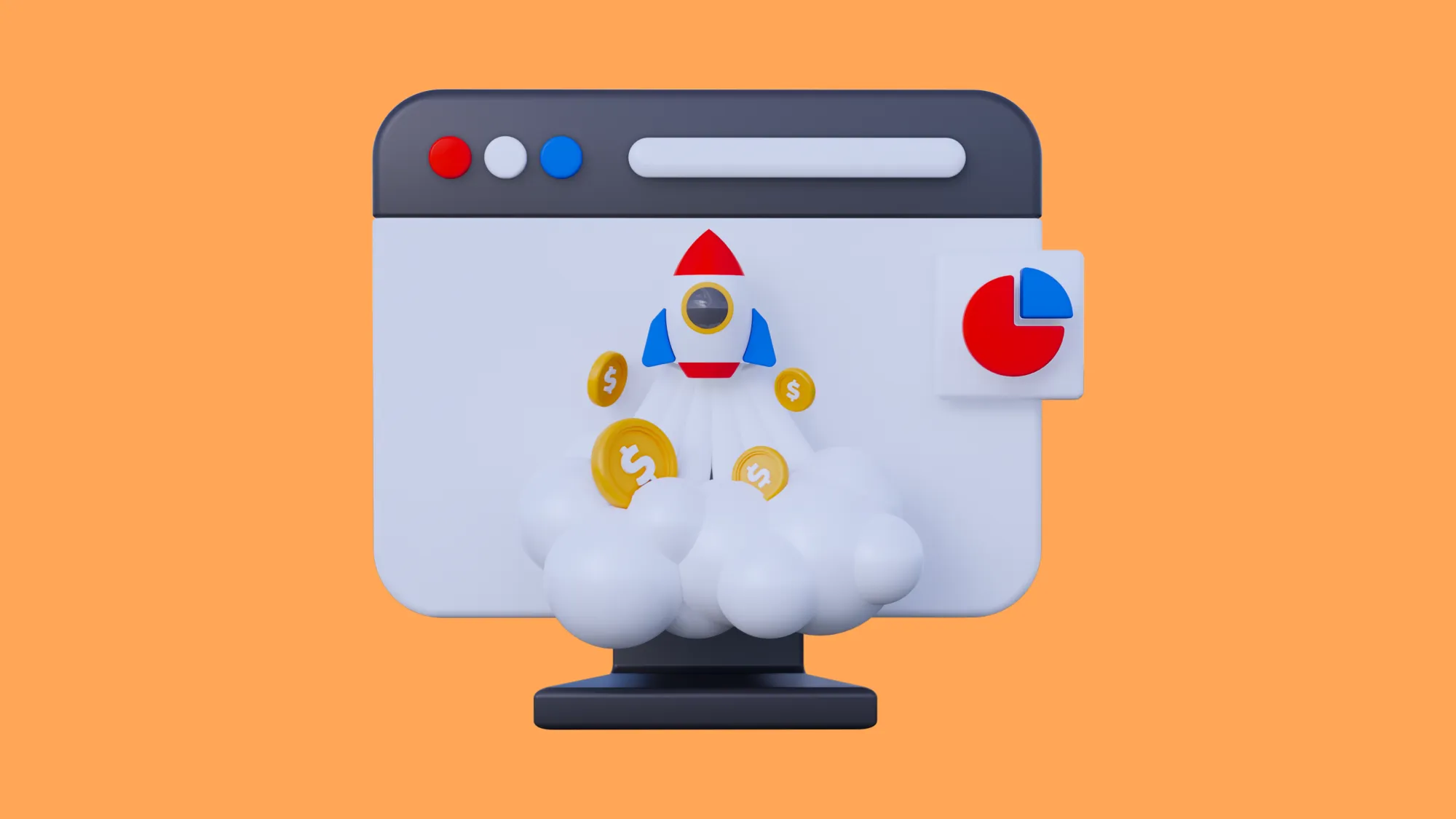
It is also important to monitor the performance of the app after launch and address any issues that may arise. You should also continuously update the app to add new features, improve the user experience, and keep up with the latest trends and technologies.
How Much Does It Cost to Build an Ecommerce App

The cost of building an eCommerce app can vary widely based on several factors. One of the major determinants of the cost is the complexity of the app. Here, we will breakdown the approximate cost based on three levels of complexity:
Basic ecommerce app
A basic eCommerce app would include the essential features such as user registration and login, product listing, search and filter, shopping cart, payment integration, and order tracking. The design would be simple and based on standard templates. (Approximate cost: $10,000 - $25,000)
Mid-level ecommerce app
A mid-level eCommerce app would include all the features of a basic app, along with additional features such as reviews and ratings, customer support, social media integration, and push notifications. The design would be more customized and may include some branding elements. (Approximate cost: $25,000 - $50,000)
Advanced ecommerce app
An advanced eCommerce app would include all the features of a mid-level app, along with more sophisticated features such as multi-language and currency support, real-time inventory tracking, augmented reality or virtual try-on, and personalized recommendations. The design would be highly customized and tailored to the brand. (Approximate cost: $50,000 - $200,000)
Monetization Strategies for Ecommerce App
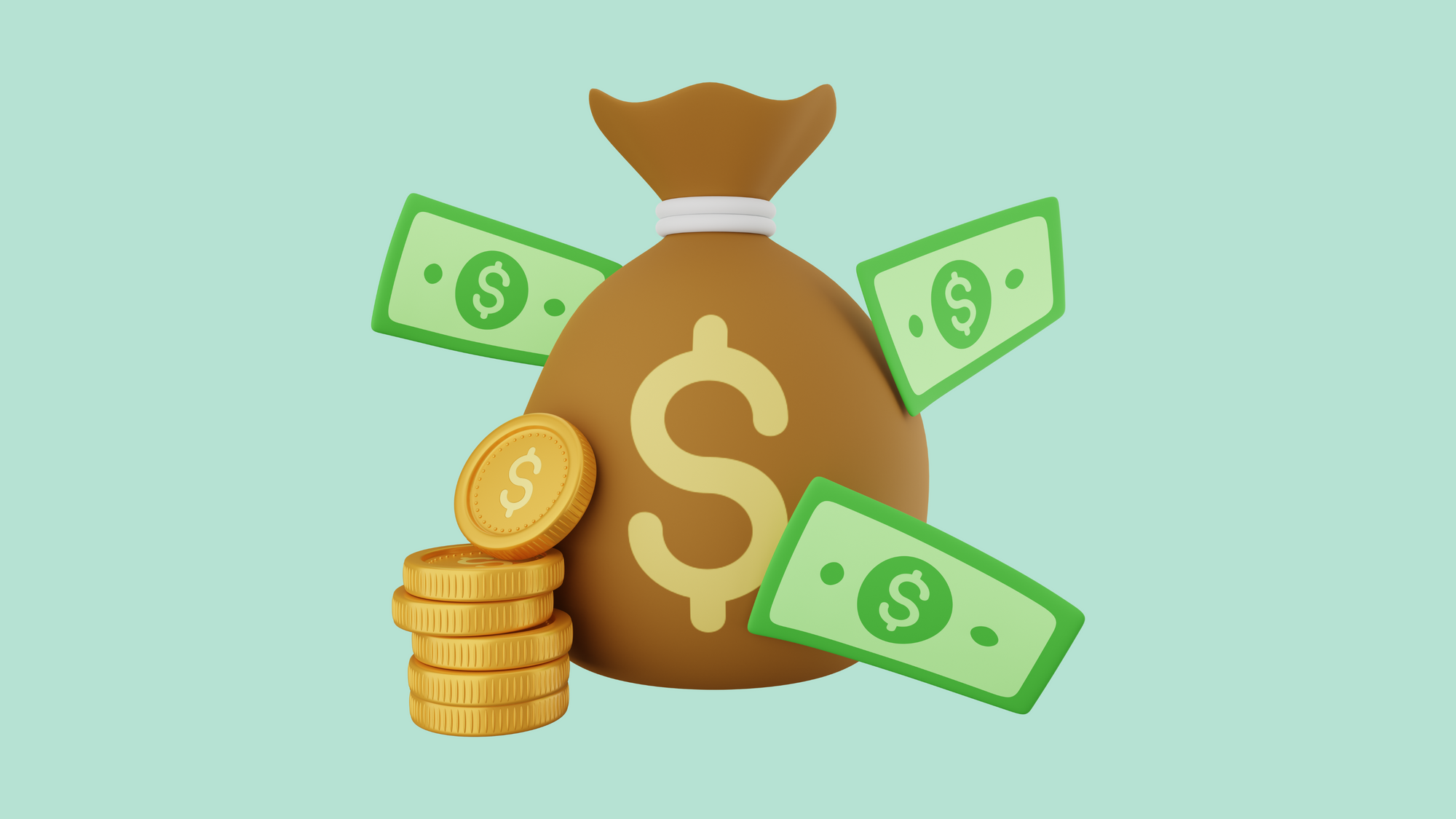
Monetizing your eCommerce app is crucial for its long-term sustainability and success. There are several monetization strategies that you can consider for your app:
- In-app advertising: This is one of the most common monetization strategies for mobile apps. You can display advertisements from third-party networks in your app and earn revenue based on the number of impressions or clicks. However, it is important to ensure that the advertisements are relevant and do not interfere with the user experience.
- In-app purchases: This involves selling virtual goods or additional features within the app. For example, you can offer a premium version of your app with additional features, sell virtual currency or items, or offer a subscription service for access to exclusive content or deals.
- Affiliate marketing: This involves promoting products or services from other businesses in your app and earning a commission for each sale made through your referral. For example, you can promote products from other retailers in your app and earn a commission for each sale made through your app.
- Sponsored content: This involves publishing content in your app that is sponsored by other businesses. For example, you can publish articles, videos, or product listings that are sponsored by other retailers.
- Subscription model: This involves charging users a recurring fee for access to your app or certain features within your app. For example, you can offer a subscription service for access to exclusive content, deals, or premium features.
Ecommerce App Development Best Practices
Creating a successful eCommerce app requires more than just a good idea and skilled development team. Here are some best practices that can help ensure the success of your eCommerce app development project:
- Focus on user experience: The user experience (UX) is one of the most important factors in the success of your app. It is important to create an intuitive and seamless experience for your users. This includes having a clear and easy-to-navigate user interface (UI), fast loading times, and an easy and secure checkout process.
- Optimize for mobile: Many users will be accessing your app on their mobile devices, so it is important to optimize your app for mobile. This includes having a responsive design that adapts to different screen sizes, optimizing images and other assets for mobile, and ensuring that your app performs well on both iOS and Android devices.
- Provide multiple payment options: It is important to provide multiple payment options for your users to choose from. This includes popular payment methods such as credit card, PayPal, and mobile payments.
- Implement security measures: Security is a top concern for users when shopping online. It is important to implement robust security measures to protect user data and ensure secure transactions. This includes using secure protocols, encrypting sensitive data, and implementing authentication and authorization measures.

- Test thoroughly: It is important to thoroughly test your app before launching it to the public. This includes testing the app on different devices and operating systems, testing all features and functionalities, and conducting user testing to get feedback from real users.
- Optimize for search: It is important to optimize your app for search to ensure that it can be easily found by users. This includes optimizing the app description and keywords in the app store, and implementing app store optimization (ASO) strategies.

- Implement analytics: Implementing analytics in your app can help you track user behavior, identify issues, and optimize the user experience. This includes tracking key metrics such as user engagement, conversion rate, and customer retention.
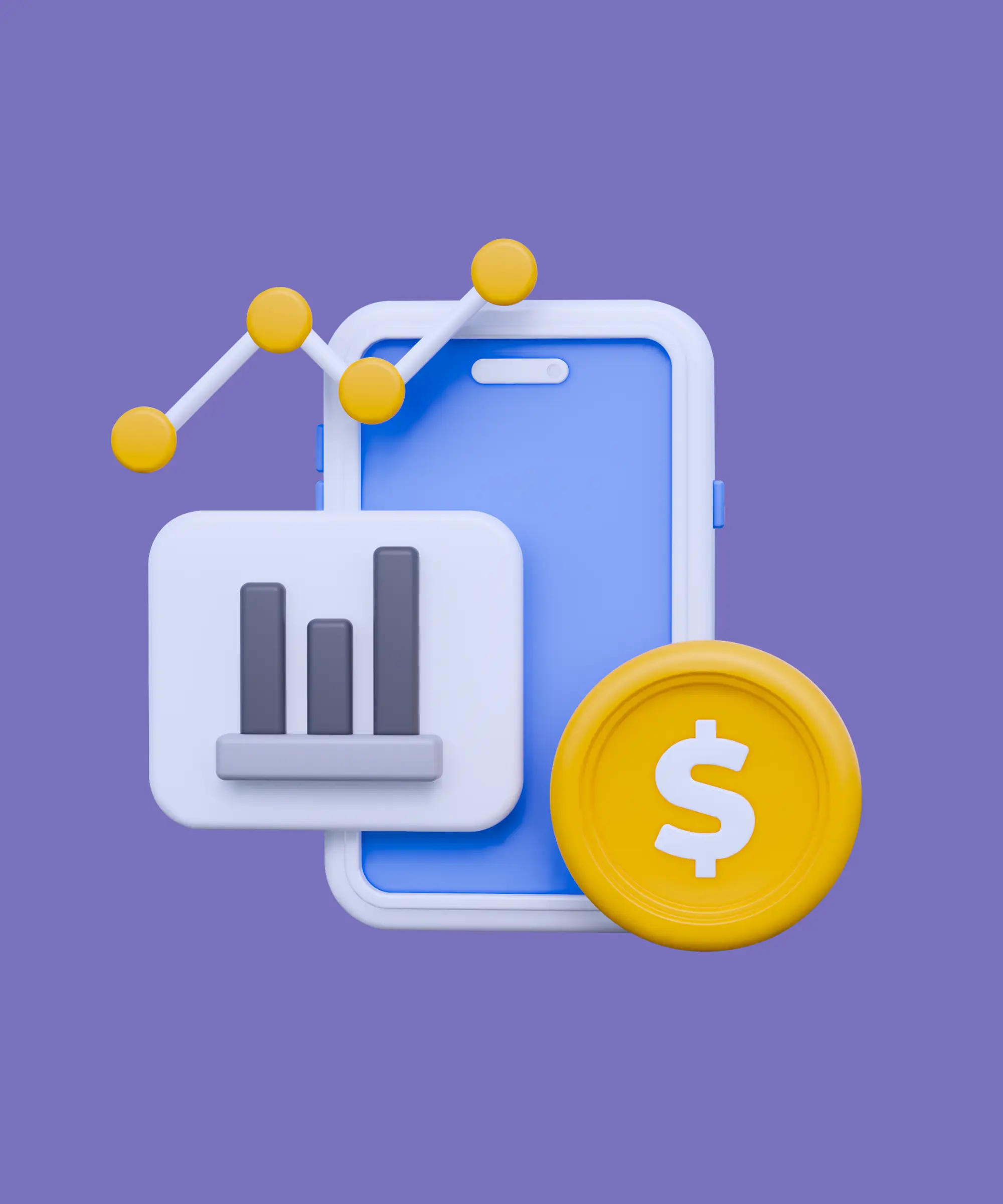
- Plan for scalability: It is important to plan for scalability from the beginning to ensure that your app can handle an increasing number of users and transactions. This includes optimizing the app architecture, database, and server infrastructure.
Our Experience in Ecommerce App Development
We have developed several eCommerce applications, as well as eCommerce modules for existing applications. One example is Blogfit, which includes an eCommerce module.
Blogfit is a comprehensive app designed for fitness enthusiasts, which, besides offering fitness-related content, also includes an eCommerce module. This module allows users to purchase fitness equipment, apparel, and nutritional supplements directly through the app. We developed a user-friendly interface, implemented secure payment options, and ensured the app's performance and security.
Our experience in developing the eCommerce module for Blogfit, as well as other eCommerce applications, has equipped us with the knowledge and expertise required to create successful eCommerce apps. We understand the importance of providing a seamless and secure user experience, and we are committed to delivering high-quality eCommerce apps that meet the needs of our clients and their users.
Conclusion
Ecommerce app development is a complex process that involves various steps and considerations. It is essential to have a clear understanding of the target audience, market trends, and competitors to develop a successful Ecommerce app. The app should have essential features like user registration, product listing, search and filter, shopping cart, payment integration, order tracking, reviews and ratings, and customer support.
At What the Flutter, we have extensive experience in Ecommerce app development and have developed successful apps for various businesses across different industries. Our team of expert developers uses the latest technologies and frameworks to develop high-quality Ecommerce apps. We work closely with the clients to understand their requirements and develop an app that meets their needs and expectations. Contact us today to get started on your Ecommerce app development project.


